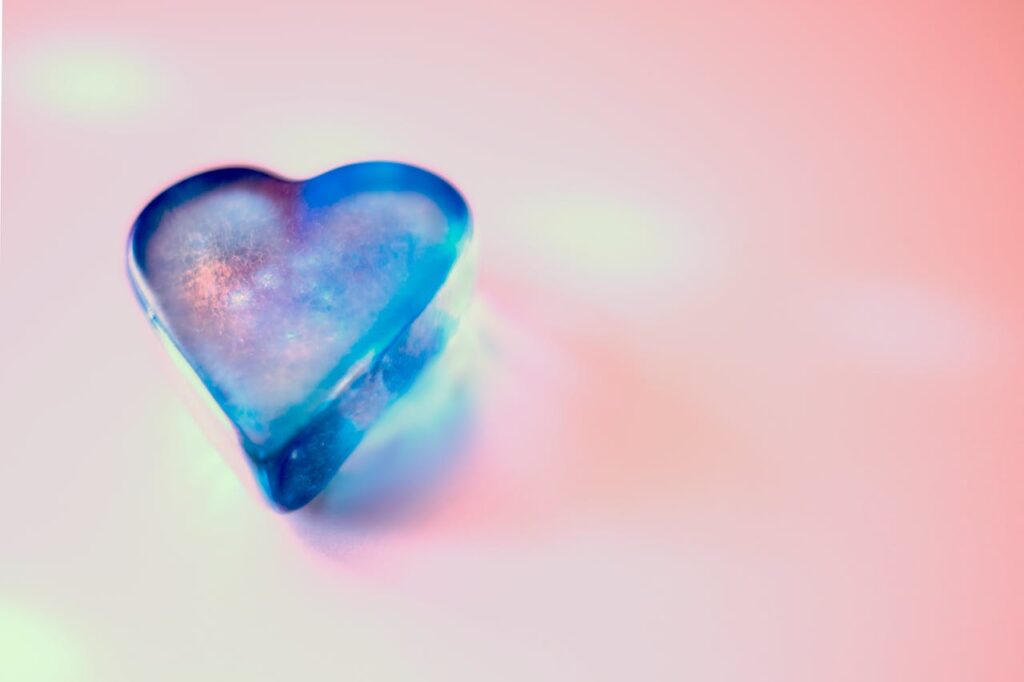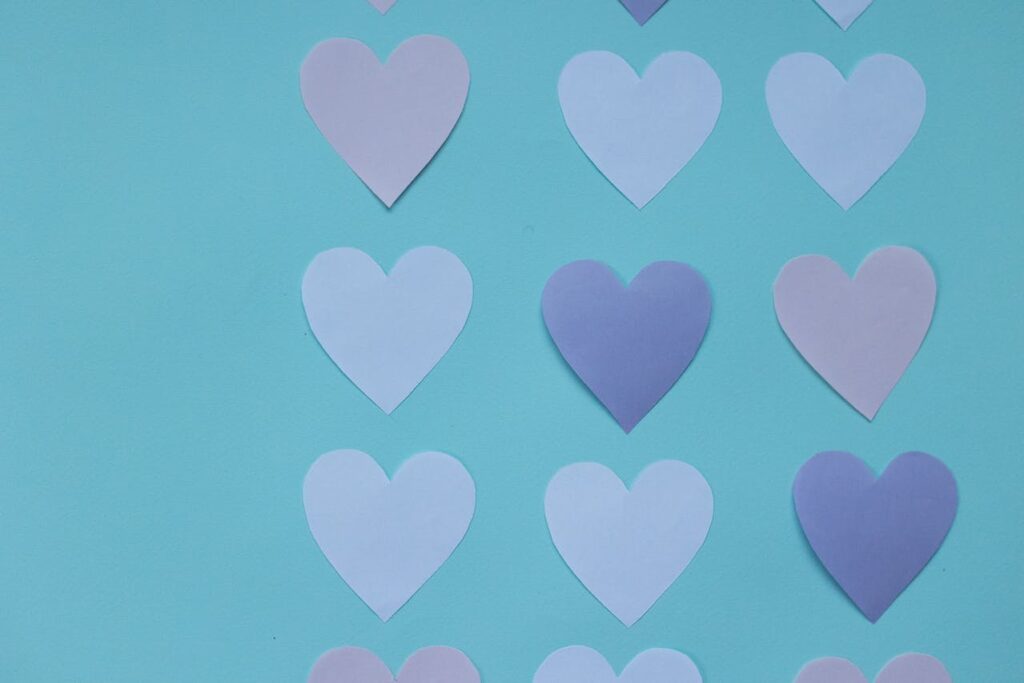Smiles and expressions of love and admiration are an essential part of the modern Internet. Users share these little icons while spending time on Messenger, WhatsApp, Facebook, or publishing blog posts. They do it to say more about what they feel or to tell the audience something that cannot be told in words. Additionally, many Internet users understand the emojis their way and use them accordingly.
Heart images are among the most commonly used smiles on the Web, given that this image is frequently related to strong emotions. Today, people use it differently, which depends on the platform where they post it and what topics they discuss.
This article is focused on a certain shade of blue in the heart icon and its connotations.
About Blue Heart Emoji
The Blue Heart emoji was approved under Unicode 6.0 in 2010. It joins many other heart emojis colored other than the classic red heart, such as the yellow heart and the black heart. The appearance of the Blue Heart emoji slightly varies by platform. Twitter’s Blue Heart is a lightly shaded blue compared to Apple’s, and Microsoft’s is outlined in black.
A blue heart emoji is commonly used by brands as a neutral heart color. An early Google design of this emoji depicted the heart as if it were made out of a gemstone.
Blue Heart was approved as part of Unicode 6.0 in 2010 and added to Emoji 1.0 in 2015.
Blue Heart Emoji Significance
1. The Blue Heart emoji depicts a classic representation of a heart, colored blue. It can be used to express love, support, admiration, passion, respect, affective feelings toward other people, openness, security, and excitement, particularly toward various things that have some relation to the color blue (from the Smurfs to Duke University to autism awareness). Blue has a specific significance that has been forged throughout the years. And it differs from one party to another.
It can convey a wide range of loving, affectionate, and happy feelings. It’s especially used to express those feelings for things that have some literal or symbolic connection to blue.

2. The blue heart emojis can also be featured in the pieces of text regarding blue-colored things. In this case, the post is accompanied by a photo of whatever the author likes and values. Additionally, users often send such images when talking about ocean creatures.
3. Company officials, marketers, corporate copywriters, and influencers regularly use this emoji in their messages, CTAs, and marketing posts to create a responsible and reliable tone. It has much to do with the feelings that the color evokes; according to numerous pieces of research, customers trust companies that use blue colors in their visuals.
4. This type of icon is often utilized to mark World Autism Awareness Day, happening on April 2nd. According to various studies, autistic people prefer blue and dark blue over other hues, so it’s wise to share this image on this day.
5. This emoji has a specific meaning for doctors, medics, nurses, and other staff in the field of medicine, both civil and military. Because blue stands for reliability and safety, most medical institutions use this color in their graphic identity. It is an international sign of health, so it’s perfect to utilize it in combination with blue. Moreover, the British National Health Service uses it in official messages.
6. While a red heart emoji often refers to a traditional romance, a blue heart draws attention to a unique “bromance,” or a connection between buddies that are as close as brothers. A blue heart emoji is also appropriate for a casual friendship with someone you occasionally catch up with. Sometimes, the emoji can be a gentle way to put a person in the ‘friend zone’.
7. If you’re talking to a relative, best friend, or soul family’, a blue heart emoji lets them know that you’ll always be by their side. When you want to communicate that you’re a confidante, the blue heart emoji is a safe bet.
8. If you want to show sympathy when someone’s going through a tough time, comfort them with a blue heart emoji. The emoji also helps you rally for a cause you truly believe in.
9. Maybe a sense of calmness washes over you; a blue heart emoji tells people you’re centered and in a good place. A post with the emoji can promote self-care and harmony. The blue color is used for favorite games or colleges.
For example, if you want to attend Duke as a proud graduate or just love the “Duke Blue Devils,” then a blue heart emoji says the college has a special place in your heart. If any other sports teams you root for wear blue, then posts with a blue heart let them know that you’re a super passionate fan.
When you’re inspired by crashing waves, a good sea breeze, or the sandy shore, the blue heart captures your little love affair with the ocean or the beach. If blue just happens to be your favorite color, the emoji says the shade has totally stolen your heart. The love of anything is literally blue.
10. Blue Heart Emojis used in digital space are often associated with different objects of the same color; think of sea creatures like dolphins or whales. For instance, they are known to inspire feelings people can’t express verbally, sometimes due to their playful nature and intelligence. A blue heart smile, sent alongside messages talking about these marine animals, could indicate one’s passion for conserving them.
Moving from aquatic life, when talking about nature, trees, and the like, a blue heart emoji alongside them when posted or talked about depicts true admiration for them.
In summary, the tendency is that blue hearts signify love, support, passion, reliability, respect, and other strong feelings, but the particular definition of the blue-colored heart may vary from person to person and from one organization to another. Corporates frequently use it to feature the trustworthiness of their brands or products, while autistic people use it to celebrate their day.




